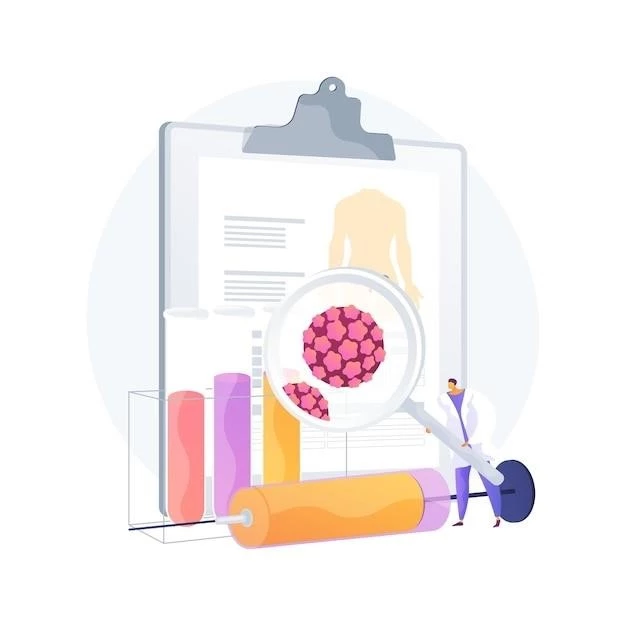Ainhum disease can be caused by genetic factors. Symptoms‚ like toe constriction‚ can lead to diagnosis. Treatments include surgery. Preventive measures are essential.
Causes of Ainhum Disease
Ainhum disease’s exact cause is unknown‚ but genetic predisposition plays a significant role. Certain populations with specific genetic traits are more susceptible. Other factors like environmental influences may also contribute to the development of Ainhum. Understanding the genetic and environmental interplay is crucial for managing and preventing this rare condition.
Symptoms and Diagnosis of Ainhum
The main symptom of Ainhum is the progressive constriction and eventual auto-amputation of the fifth toe. Diagnosis involves a physical examination‚ medical history review‚ and possibly imaging tests. Early detection is vital for appropriate management and intervention. Consulting a healthcare professional is essential for accurate diagnosis and treatment planning.
Treatment Options for Ainhum
Treatment for Ainhum typically involves surgical intervention to prevent the progression of toe constriction and potential auto-amputation. The procedure aims to release the affected toe from the constriction‚ relieving pain and improving mobility. Post-operative care and follow-up appointments are essential for monitoring recovery and ensuring optimal outcomes. Consult with a healthcare provider for personalized treatment recommendations.
Preventive Measures for Ainhum Disease
Preventive measures for Ainhum include regular foot care‚ wearing proper footwear‚ maintaining good foot hygiene‚ and seeking medical attention for any foot abnormalities. Avoiding trauma or pressure to the toes‚ especially the fifth toe‚ can help reduce the risk of developing Ainhum. Awareness of early symptoms and prompt intervention are key to preventing the progression of the condition. Leading a healthy lifestyle and following recommended foot care practices are essential preventive strategies for Ainhum disease.

Exploring Ainhum Disease Further
Understanding the facts‚ latest research‚ tips for living with Ainhum‚ and its impact in developing countries provides a comprehensive view of this rare condition.
Ainhum Disease⁚ Overview and Facts
Ainhum‚ also known as dactylolysis spontanea‚ is a rare condition characterized by the progressive constriction and eventual auto-amputation of the fifth toe. This disease primarily affects individuals in tropical and subtropical regions‚ with a higher prevalence in certain populations. Ainhum poses challenges due to its potential impact on mobility and quality of life. Understanding the unique characteristics and risk factors associated with Ainhum is essential for timely intervention and management of this condition.
Research Updates on Ainhum
Ongoing research on Ainhum aims to uncover the underlying genetic and environmental factors contributing to the development of this condition. Researchers are exploring novel treatment approaches‚ early detection methods‚ and preventive strategies to improve patient outcomes. By gaining a deeper understanding of Ainhum disease mechanisms‚ researchers strive to enhance diagnostic accuracy and refine treatment options for individuals affected by this rare condition.
Living with Ainhum⁚ Tips and Advice
Living with Ainhum can be challenging‚ but maintaining good foot hygiene‚ wearing comfortable footwear‚ and seeking regular medical check-ups can help manage symptoms and prevent complications. It is essential to follow your healthcare provider’s recommendations‚ stay informed about your condition‚ and address any concerns promptly. Connecting with support groups or seeking counseling can provide valuable emotional support and coping strategies for individuals living with Ainhum.
Ainhum Disease in Developing Countries
Ainhum is more prevalent in developing countries‚ where access to healthcare resources may be limited. This poses challenges for diagnosis and treatment. Efforts to increase awareness‚ improve healthcare infrastructure‚ and provide education on preventive measures are crucial in these regions. Collaborative initiatives between local healthcare providers and international organizations can help address the unique healthcare needs of individuals affected by Ainhum in developing countries.
